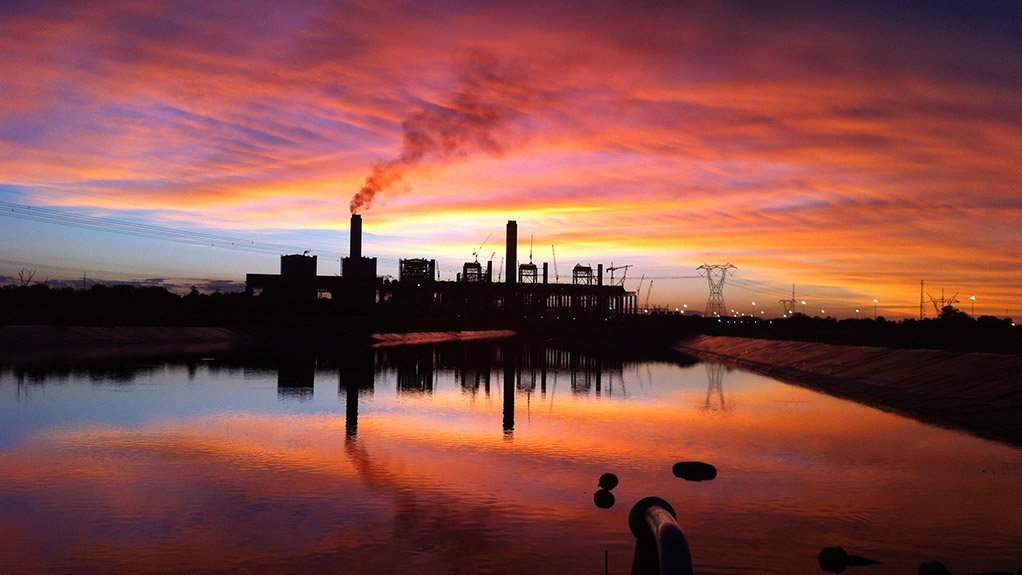The last of six power generation units at the Medupi power station, in Lephalale, is now operational, marking the completion of all building activities on the 4.7 GW project.
Construction at Medupi started in May 2007 and the power station has an operational life of 50 years.
The last unit was officially declared “commercial” after it went through a process of optimisation, control demonstration and, respectively, a 72-hour and 30-day reliability run.
The “commercial operation” status of power generation units is achieved once they reach technical, safety and legal compliance.
The first of Medupi’s six generation units attained commercial operation status in August 2015.
At the peak of its construction, the R135-billion Medupi project employed more than 18 000 people on building activities and another 2 000 supporting employees on site.
This while more than 4 600 artisans, technicians, engineers and managers were formally trained by Eskom’s contractors.
Eskom invested close to R3-billion on socioeconomic development initiatives during the plant’s construction, which included rural development, education and health infrastructure projects.
Eskom says Medupi is the fourth largest coal-fired power plant, and the largest dry-cooled power station, in the world.
The power plant uses direct dry-cooling systems owing to water scarcity in the Lephalale area and it is able to operate at higher temperatures than Eskom’s earlier generation of boilers and turbines. This allows the plant to operate with greater efficiency and thereby have a lesser environmental impact.
What remains to be done on the Medupi project is the implementation of some technical solutions related to boiler design defects on some generation units, which should be completed during the next 24 months, confirms power station manager Bheki Nxumalo.
The planned flue gas desulphurisation (FGD) technology has also not been installed.
Eskom planned to FGD technology at Medupi by June 2025, as part of a legal covenant with the World Bank, which loaned the South African utility $3.75-billion in 2010 largely for the purposes of building the power station.
The technology would be used to lower the coal-fired power plant’s sulphur dioxide emissions in line with South Africa’s tightening minimum emissions standards.
EMAIL THIS ARTICLE SAVE THIS ARTICLE ARTICLE ENQUIRY
To subscribe email subscriptions@creamermedia.co.za or click here
To advertise email advertising@creamermedia.co.za or click here











